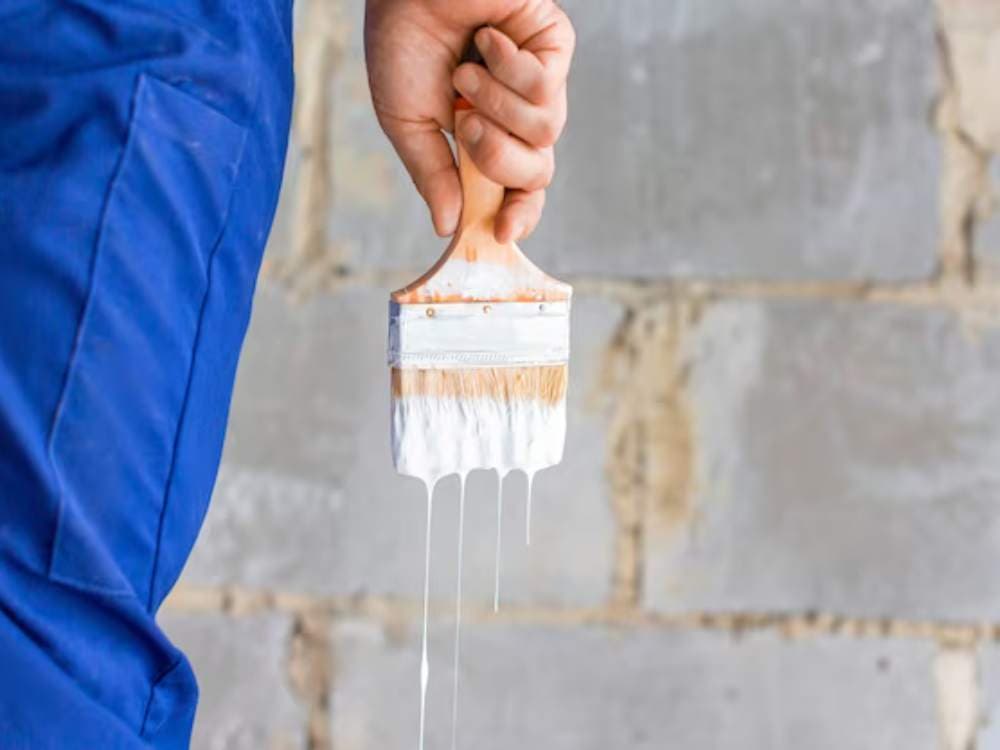Proper surface preparation is essential for a successful paint job. It involves cleaning the walls to remove dirt, dust, grease, or any other contaminants. If there are existing layers of paint, they may need to be stripped or sanded to create a smooth and even surface. Repairing any cracks, holes, or imperfections with spackling compound or putty is also part of the preparation process.
Material and Color Selection
Choosing the right type of paint and color is crucial. Paints come in various formulations, such as water-based (latex) or oil-based (alkyd) paints, each with its own characteristics and applications. Consider factors such as the location of the walls (interior or exterior), desired finish (matte, satin, or glossy), and durability requirements. Selecting the appropriate color or color scheme that complements the space's aesthetics and desired ambiance is also important.
Paint Application Techniques
There are different techniques for applying paint, including brushing, rolling, or spraying. Brushes are typically used for cutting in or painting smaller areas, while rollers are efficient for covering larger surfaces quickly. Sprayers are suitable for large areas or textured surfaces. Each technique requires specific tools and proper application methods to achieve a smooth and even coat of paint.
Priming the walls before painting is recommended, especially for new surfaces or when changing from a dark color to a lighter one. Primer helps to seal the surface, improve paint adhesion, and provide an even base for the topcoat. Primers can be tinted to enhance the color coverage and reduce the number of topcoats needed.
Multiple Coats and Drying Time
Depending on the desired color intensity and coverage, multiple coats of paint may be required. Each coat should be allowed to dry completely before applying the next one. Drying time can vary based on factors like temperature, humidity, and the type of paint used. Follow the manufacturer's instructions for the recommended drying time between coats.
After the paint has dried, inspect the walls for any uneven areas, drips, or imperfections. Touch up as needed and ensure a consistent and uniform finish. Clean up any paint spills or splatters on adjacent surfaces.
Clean-up and Maintenance
hello world!
Proper clean-up is important to maintain the paint's appearance and prolong its lifespan. Remove any painter's tape, protectors, or drop cloths used during the painting process. Clean brushes, rollers, and other painting tools according to the manufacturer's instructions. Regular maintenance may involve dusting or wiping the walls with a soft cloth, avoiding harsh chemicals or abrasives that could damage the paint.



